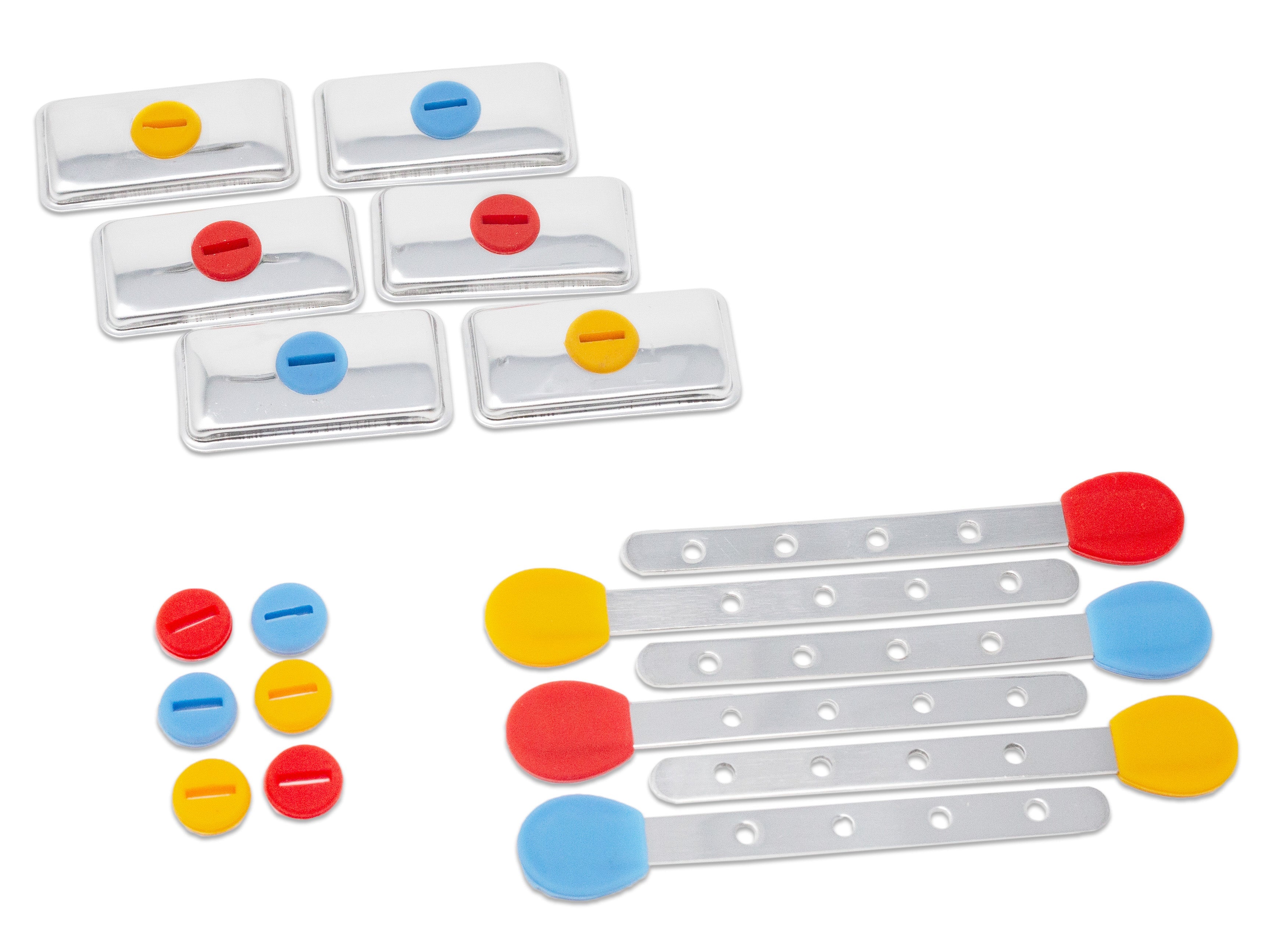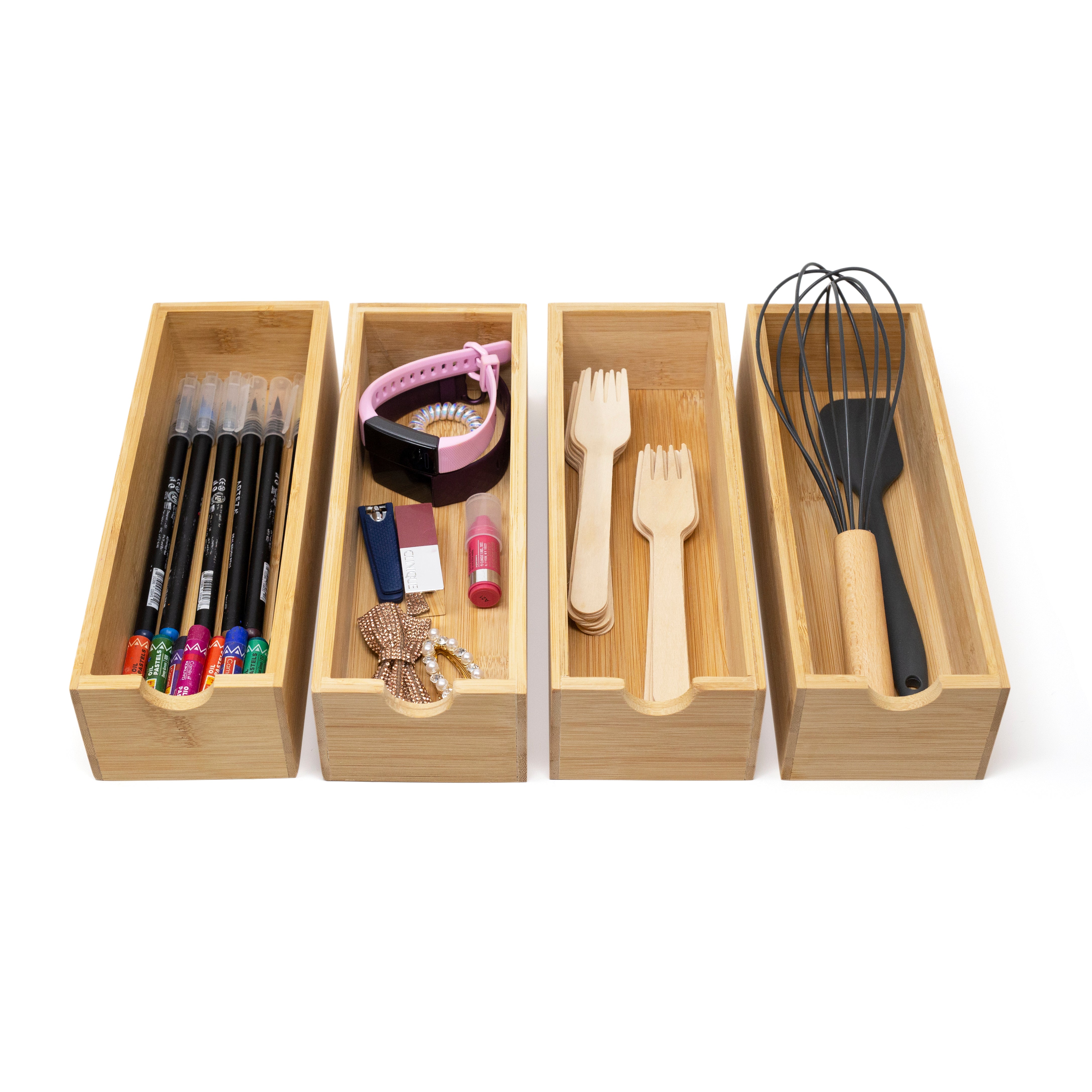Guide to Planning for Long-Term Sustainability in Your New Home and Community
Moving to a new home presents a unique opportunity to prioritize long-term sustainability. This transition allows you to integrate eco-friendly practices into the fabric of your new residence and the surrounding community. This guide will steer you through requisite strategies and considerations for long-term sustainability in your new home and community for years to come.
Plan a Sustainable Relocation
Begin with a foundational step: a sustainable relocation. Starting your sustainability efforts from the moment you move sets a precedent for your eco-friendly lifestyle in your new home. When searching for a moving company, it's important to choose one that aligns with your environmental values. This includes considering factors such as the use of fuel-efficient vehicles, eco-friendly packing materials, and waste reduction practices.
A resource like professionalmover.ca can assist with a service that prioritizes these eco-conscious approaches. With their experienced and trained team of packers and movers who have performed over 10,000 relocations, they can personalize your experience and help include sustainable options with minimum waste. Choosing a mover who understands and supports your commitment to sustainability ensures that your transition to a new home is consistent with your green living goals, laying a strong foundation for a sustainable future in your new community.
The Basics of Sustainability in Home Design
As you settle into your new home, it's important to understand what sustainability means. It involves adopting energy efficiency, water conservation, and sustainable materials into your home's design. In addition to that, creating green spaces within your property enhances both environmental and personal well-being.
These measures reduce your carbon footprint and promote a more sustainable lifestyle for you and your family. Looking to countries where sustainable living is integral to new home designs offers insights for eco-friendly space creation.
Create an Eco-Friendly Oasis: Plant Greenery in Your New Home's Backyard
As you make your new home sustainable, don't overlook the power of planting greenery in your backyard. Transforming this space into an eco-friendly oasis contributes to local biodiversity and improves air quality. Of course, selecting native plants and trees can minimize water usage and attract local wildlife, creating a harmonious natural ecosystem right in your backyard.
Incorporating sustainable landscaping practices, such as composting and natural pest control, further enhances the environmental benefits. Similarly, establishing a vegetable garden can reduce your carbon footprint by providing fresh, organic produce at your doorstep. Creating a green space in your new home is a vivid reminder of nature’s splendor and toughness, highlighting the positive effects of planting trees. This enhances your commitment to sustainability across all life areas.

The Role of Renewable Energy Sources
Incorporating renewable energy sources, such as solar panels, is wise when moving into a new home. These systems reduce your carbon footprint and offer long-term savings on energy costs. Installing renewable energy sources in your new community fosters a philosophy of environmental stewardship and collective savings. The encouragement of solar panels and renewable energy technologies through incentives highlights a strong commitment to sustainable development.
Water Conservation Techniques for Your Home
Transitioning to a new home is the perfect time to implement water conservation measures. Installing systems for rainwater harvesting and greywater use and opting for water-efficient appliances can significantly lower water usage. Using harvested rainwater for irrigation in your new garden is both sustainable and cost-effective. Educating your family on small water-saving actions, like shutting off the tap when brushing your teeth, enhances conservation efforts. Such habits promote both environmental sustainability and a mindful approach to water use at home.
Build with Sustainable Materials
Choosing sustainable building materials extends beyond just the construction aspects; it also encompasses your interior choices. Hence, prioritizing sustainable materials during renovations or builds in your new home contributes to a healthier living environment. By avoiding single-use plastics and aiming for a plastic-free home, you reduce your environmental impact.
Opting for alternatives like glass, metal, or compostable materials for everyday items minimizes waste and supports a healthier, toxin-free living space. This approach underlines a commitment to not just a sustainable home but a sustainable lifestyle.

Plan for Long-Term Sustainability in Your New Home and Community
Planning for sustainability should be a shared goal between you and your new community. Initiatives like communal gardens and energy co-ops enrich your living environment and strengthen communal ties, contributing to long-term sustainability in your new home and community.
Another key point is that these shared efforts magnify the sustainability impact of individual actions. Communities that unite for environmental causes demonstrate how collective efforts can yield substantial benefits, inspiring new homeowners to promote sustainable practices in their neighborhoods.
Minimize Waste: A Step Toward a Sustainable Lifestyle in Your New Home
Reducing waste is a key component of living sustainably, especially reducing food waste. Likewise, adopting practices such as composting kitchen scraps can turn waste into valuable resources for your garden, enriching the soil and promoting healthier plant growth.
In addition, embracing a minimalist lifestyle by reducing, reusing, and recycling materials declutters your space and significantly lowers your environmental footprint. Overall, taking proactive steps to reduce waste in your new home is beneficial for the environment. It promotes a mindful and sustainable way of living that can inspire others in your community to follow suit.

Smart Homes and Energy Efficiency
Modernizing your new home with smart technology can significantly enhance its energy efficiency. The options to reduce your energy consumption are vast, from smart thermostats to energy-efficient lighting systems. Similarly, adopting smart technology in your new home helps manage resources more effectively, leading to environmental and financial benefits.
Additionally, integrating smart appliances that adjust their operation based on real-time energy demand can further streamline energy use. This proactive approach to energy management not only lowers bills but also supports a sustainable lifestyle.
Embrace Sustainability for a Better Tomorrow
Nevertheless, embracing long-term sustainability in your new home and community requires commitment and action. This guide has outlined steps to integrate sustainable practices into your new home and engage with your community on a shared sustainability journey. Let's make sustainability a cornerstone of our new living spaces, ensuring a positive impact for future generations.


































